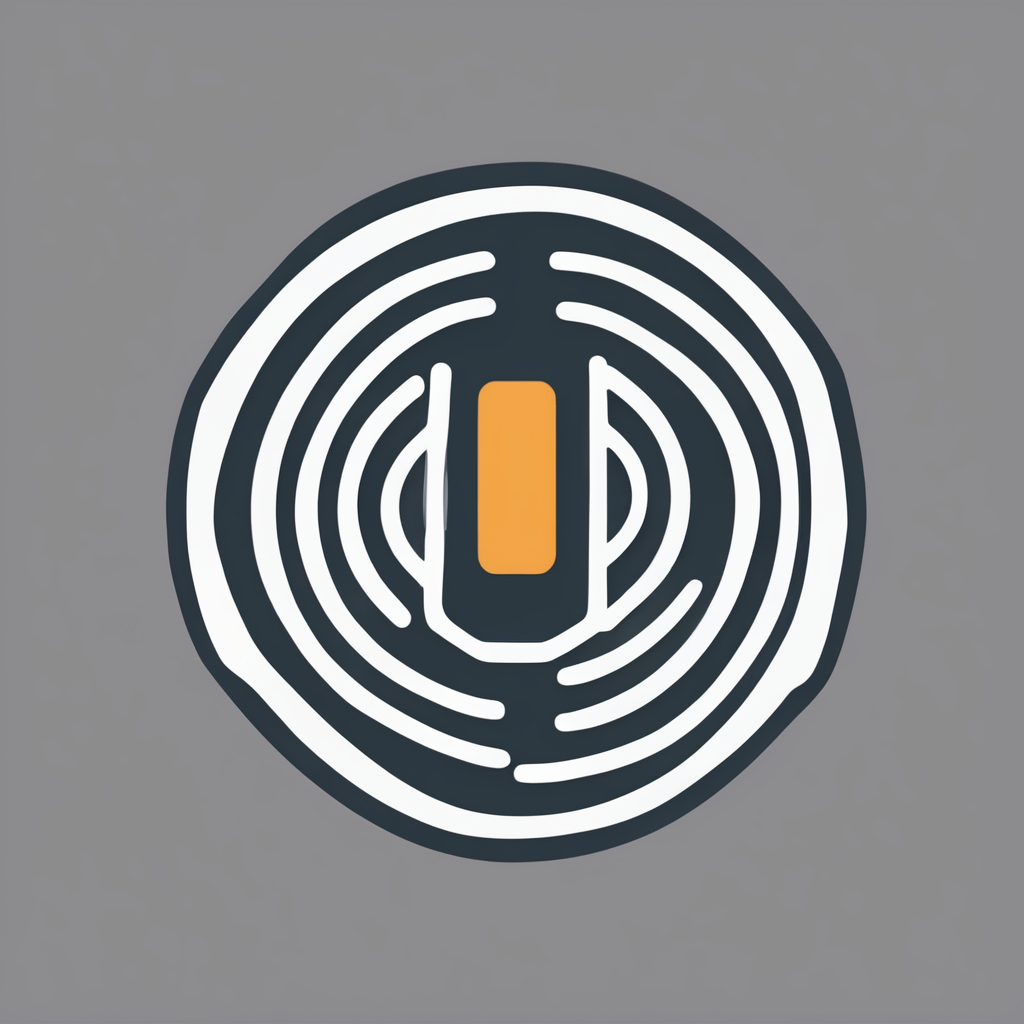Overview of Smartphone Influence on Daily Life
Exploring the depths of a pocket-sized powerhouse
The smartphone impact on daily habits is profound and multifaceted. These devices have reshaped how we communicate, work, and entertain ourselves, introducing both convenience and challenges. Psychologically, smartphones influence attention spans and stress levels, as constant connectivity can lead to information overload. Socially, their presence alters interaction patterns, sometimes replacing face-to-face conversations with digital exchanges.
Also read : What Innovations Are Expected in the Future of UK Smartphone Technology?
Lifestyle change driven by smartphone technology is evident globally. Statistics show that people spend an average of several hours daily on their phones, integrating these devices into almost every aspect of their routines—from waking up to falling asleep. This pervasiveness reflects the extensive technology effects on modern life, including shifts in exercise habits, eating patterns, and even sleep quality.
Balancing convenience and potential disruptions is essential. While smartphones offer unparalleled access to information and services, they can also cause distractions that interrupt productivity and personal relationships. Understanding this balance helps users harness the benefits of technology without letting it overwhelm their day-to-day existence.
Also to read : How Is AI Transforming Smartphone User Experiences?
Effects of Smartphones on Productivity and Work
Smartphone use at work: a double-edged sword
Smartphone use at work dramatically reshapes productivity and time management. While these devices enable quick communication, access to information, and flexible workflows, they also introduce significant digital distraction. For example, employees frequently toggle between work tasks and personal notifications, which breaks concentration and extends task completion time.
Multitasking with smartphones might seem efficient, but research shows that this often leads to reduced focus. Studies reveal that constant switching between phone activities and work diminishes the brain’s ability to sustain attention, causing errors and longer periods needed to complete assignments. This effect undermines actual productivity, despite feeling productive.
Experts emphasize balancing smartphone benefits and their risks to work performance. Restricting non-essential smartphone use during focused work hours improves both job output and time management. Practical approaches include enabling “Do Not Disturb” modes or scheduling specific smartphone intervals to minimize interruptions. Understanding how smartphone use at work contributes to or detracts from productivity helps professionals optimize their environment.
In summary, smartphones offer powerful tools but demand mindful management to prevent them from becoming productivity pitfalls in the workplace.
Impacts on Social Relationships and Communication
Exploring how technology reshapes our connections
The rapid increase in digital communication has dramatically changed social interaction. Smartphones and online platforms now dominate how people maintain relationships, offering constant connectivity but also creating unique challenges. This shift affects not only friendships but also family life and overall relationship quality.
Smartphones enable instant contact through messaging and video calls, helping to bridge geographical divides and sustain friendships that might otherwise fade. However, overreliance on these devices can sometimes hinder face-to-face interaction, reducing the depth of connection. The instant availability may lead to distraction during physical gatherings, weakening the quality of presence in social settings.
In family contexts, digital tools assist in organizing and staying connected, but they also risk fragmenting attention and communication patterns. Children and parents might engage more with screens than each other, impacting relational closeness. Balancing digital and in-person engagement is essential to foster healthier family dynamics.
Understanding these nuances in social interaction encourages mindful use of technology. Emphasizing quality over quantity in digital exchanges supports more meaningful connections and stronger relationships. For more detailed insights, explore how to strengthen bonds in a connected world.
Mental Health and Well-being Outcomes
The rising influence of smartphone addiction significantly impacts mental health. Users often experience heightened stress and anxiety due to constant connectivity and information overload. Studies reveal that excessive smartphone use can create dependency, leading to psychological symptoms such as irritability and mood swings. This pattern contributes to deteriorating digital wellness, undermining users’ ability to maintain a healthy balance between online and offline life.
In contrast, digital tools can also support mental health by offering mindfulness apps, stress management guides, and social connection platforms. These positive outcomes emphasize the dual nature of technology—while it may exacerbate anxiety and stress, it simultaneously presents opportunities to enhance mental health.
Experts caution that the key to preserving digital wellness lies in moderation and intention. They urge individuals to set boundaries to prevent addiction and encourage regular digital detoxes. Incorporating awareness around smartphone addiction helps reduce psychological strain, promoting overall well-being.
Ultimately, understanding the interplay between smartphone addiction and mental health is crucial for fostering digital wellness. Mindful technology use supports resilience against stress and nurtures psychological balance in today’s hyperconnected world.
Influence on Daily Routines and Personal Habits
Smartphones have significantly transformed daily routines, embedding themselves into moments once free from technology. Many users find their morning routines now start with checking notifications, emails, or social media, shifting focus immediately to digital interaction. Similarly, evening routines often involve scrolling through feeds or messaging, which can impact relaxation and delay sleep onset.
This shift directly influences smartphone habits, especially regarding screen time. Extended use before bedtime disrupts sleep hygiene by suppressing melatonin production, leading to difficulty falling asleep. Managing screen time has thus become essential for maintaining a healthy lifestyle. Many adopt strategies like setting app limits or using “Do Not Disturb” modes to reduce phone use during designated periods.
Real-life examples underscore this lifestyle change. For instance, some individuals report replacing traditional leisure activities, such as reading or outdoor walking, with prolonged phone engagement. Others adjust habits consciously, integrating breaks and mindfulness exercises to counterbalance the constant digital presence. These adaptations highlight how smartphones reshape not only what we do but when and how we do it, profoundly influencing personal habits and overall daily flow.
Physical Health Considerations
Understanding the impact of smartphone use on the body
Prolonged smartphone use often leads to a sedentary lifestyle, which can negatively affect physical health. Sitting for extended periods reduces overall movement, increasing risks of obesity, cardiovascular issues, and decreased muscle strength. Experts recommend breaking up screen time with regular activity to counter these effects.
Eye strain is another common concern linked to mobile device use. Staring at small screens for hours can cause dry eyes, blurred vision, and headaches, often referred to as digital eye strain. To mitigate this, following the 20-20-20 rule—looking away every 20 minutes at something 20 feet away for 20 seconds—helps relax eye muscles.
Posture is also important; many users tend to hunch over their devices, leading to neck and back pain known as “text neck.” Maintaining an upright position and holding devices at eye level can reduce musculoskeletal stress.
Health guidelines emphasize balanced smartphone use by incorporating frequent breaks, ergonomic positioning, and limiting continuous screen exposure. These practices promote better physical health while enjoying the benefits of mobile technology without harmful effects on the eyes, posture, or overall wellbeing.
Suggestions for Balanced and Healthy Smartphone Use
Mindful steps toward digital balance
Establishing healthy smartphone habits begins with setting clear boundaries. For example, designate specific times to check your phone—avoiding it during meals or an hour before bedtime can reduce stress and improve sleep quality. Such mindful usage encourages focus and lowers overdependence on digital devices.
Many devices now offer built-in tech tips and features designed to support digital balance. Screen time trackers, app limits, and “do not disturb” modes help users monitor and control their usage, making it easier to identify patterns that might lead to overuse. Utilizing these tools consistently fosters awareness and promotes healthier engagement with technology.
Experts recommend practical strategies, such as turning off nonessential notifications to minimize distractions or scheduling “phone-free” periods throughout the day. Additionally, replacing habitual scrolling with alternative activities—like reading or walking—can rebalance attention and reduce screen fatigue. Adopting such practices gradually cultivates a sustainable routine, leading to improved mental well-being and productivity.
Remember, the goal of mindful smartphone use is not avoidance but rather embracing technology in a way that enhances life instead of detracting from it. Prioritizing intentional use supports overall digital well-being and helps maintain control in an increasingly connected world.




